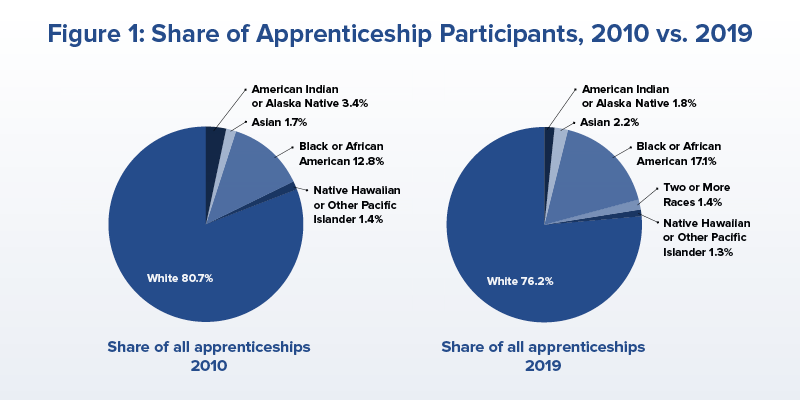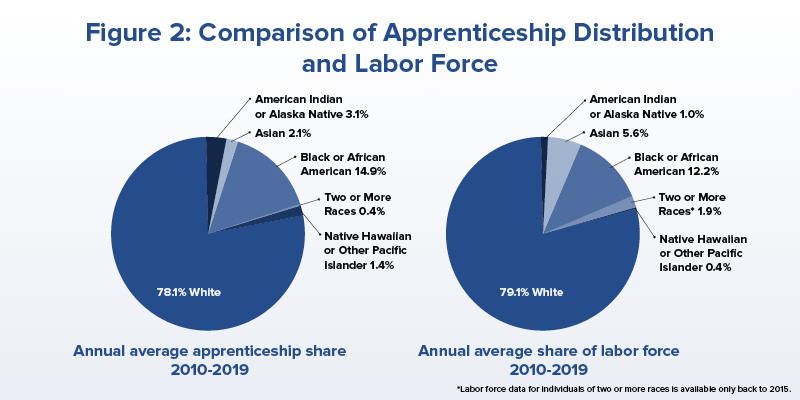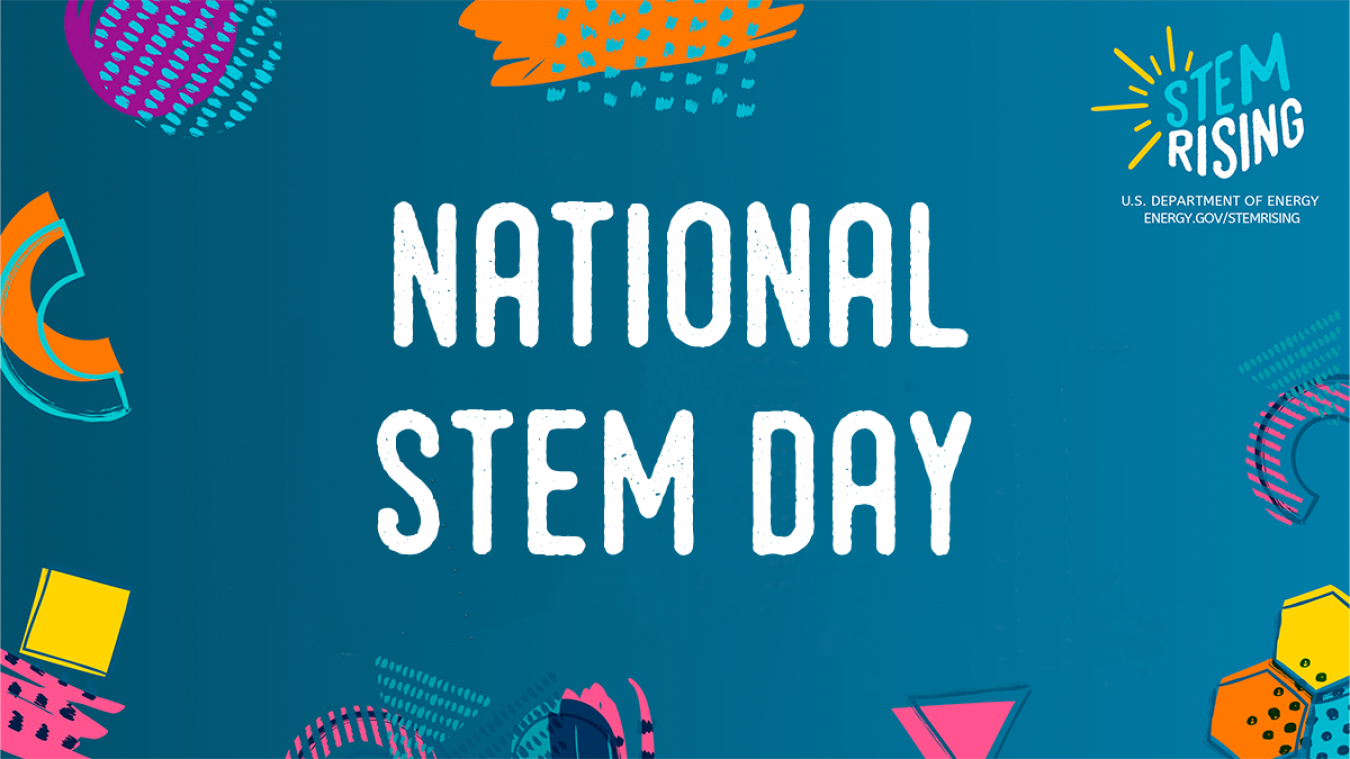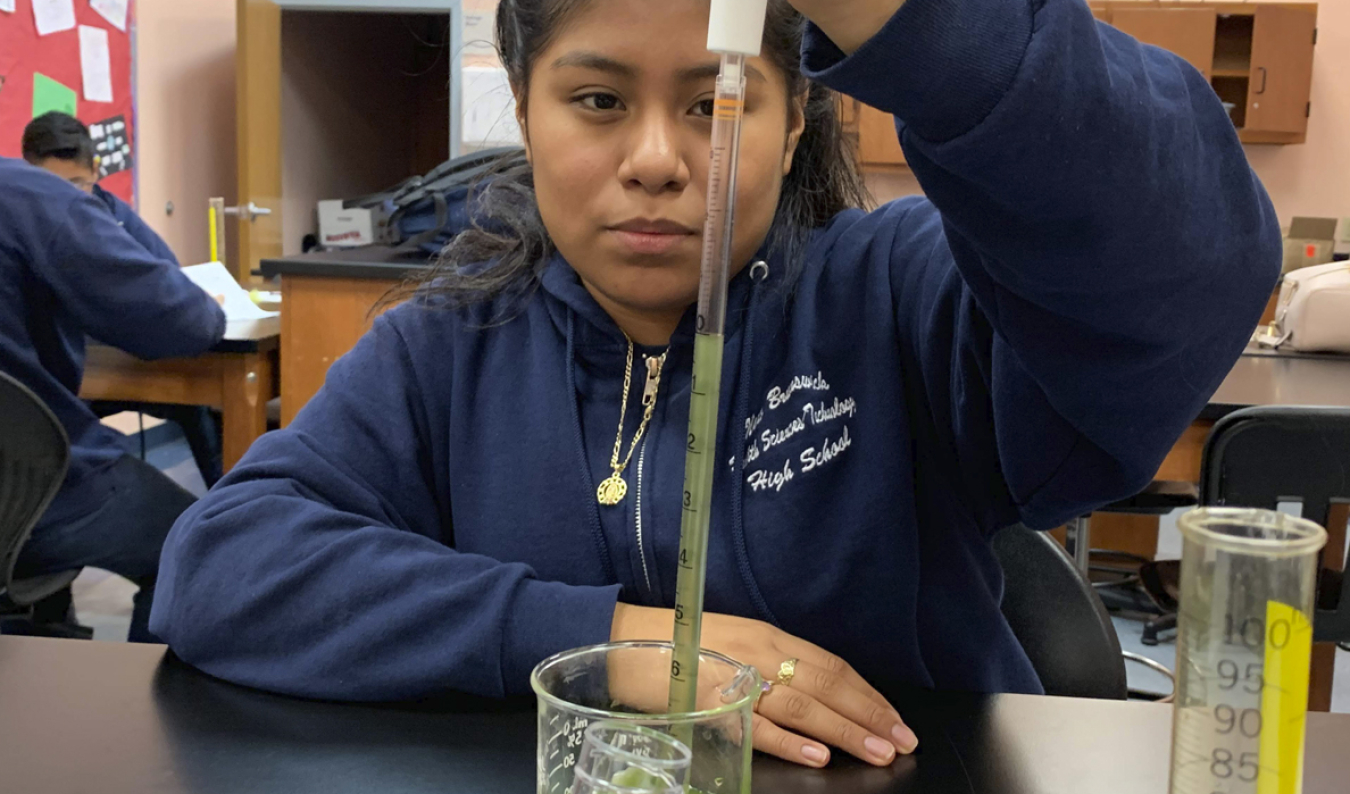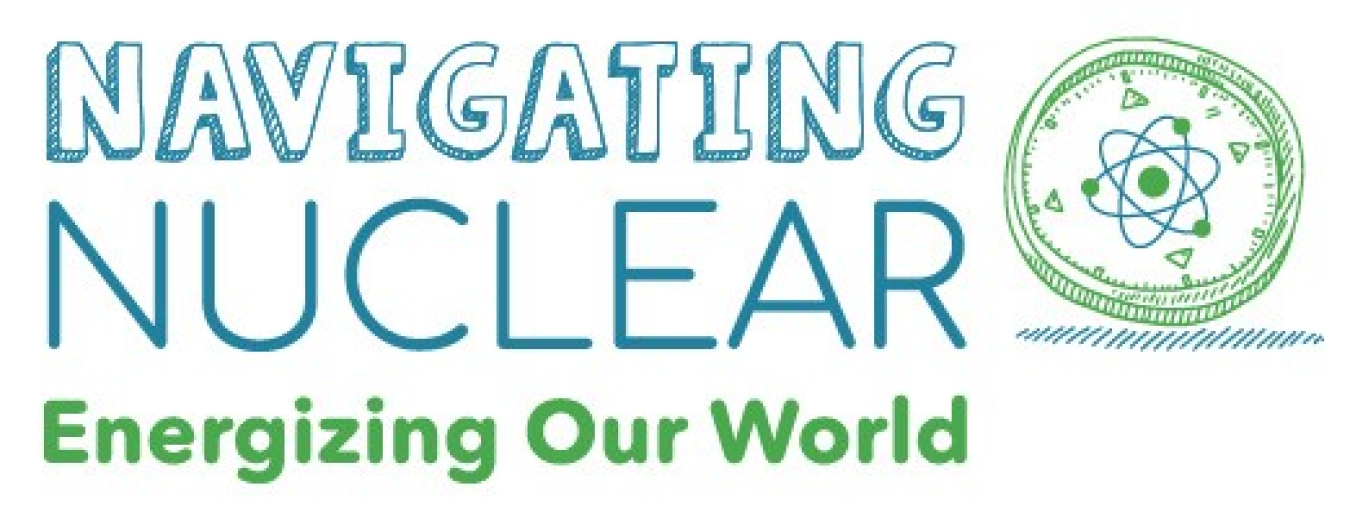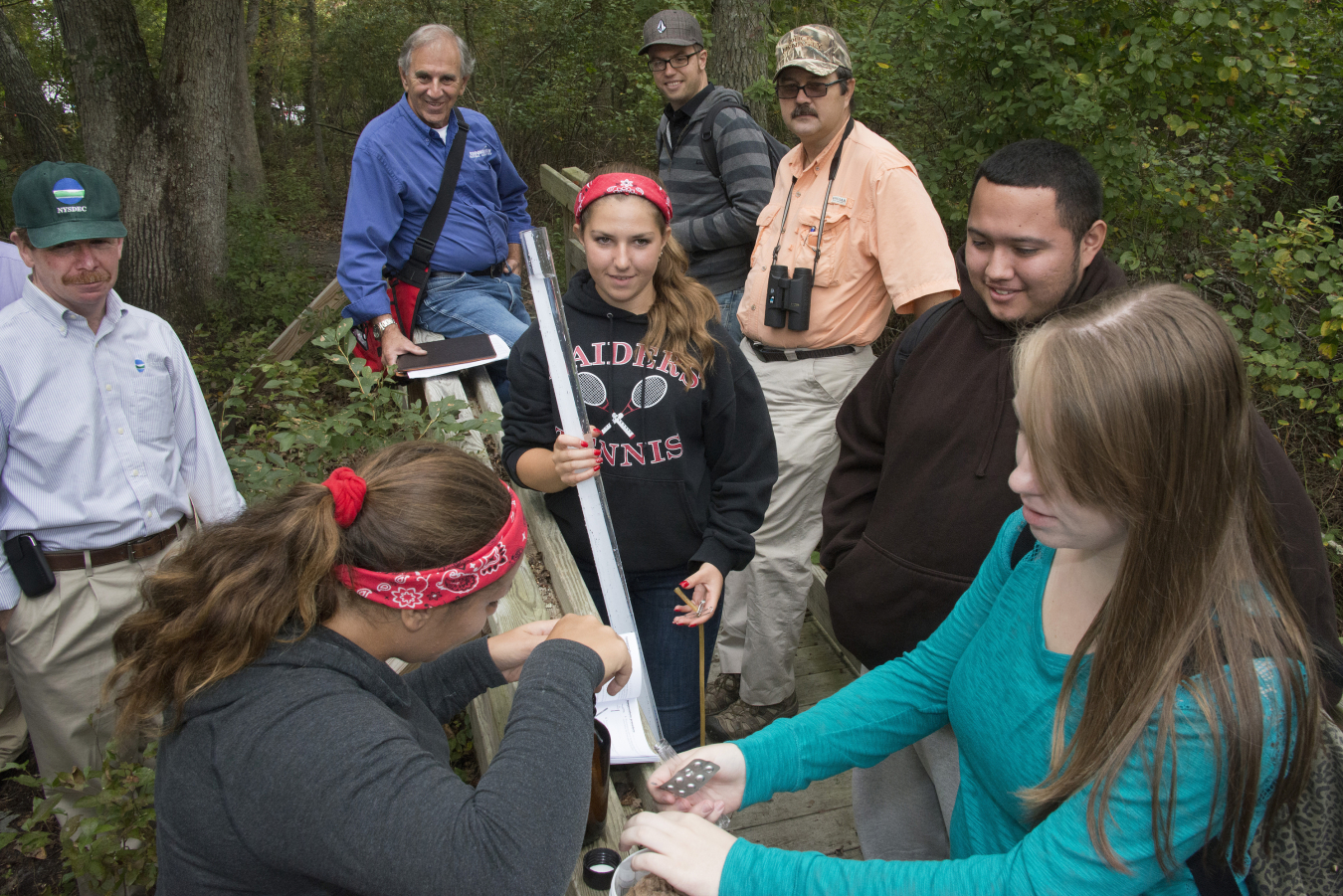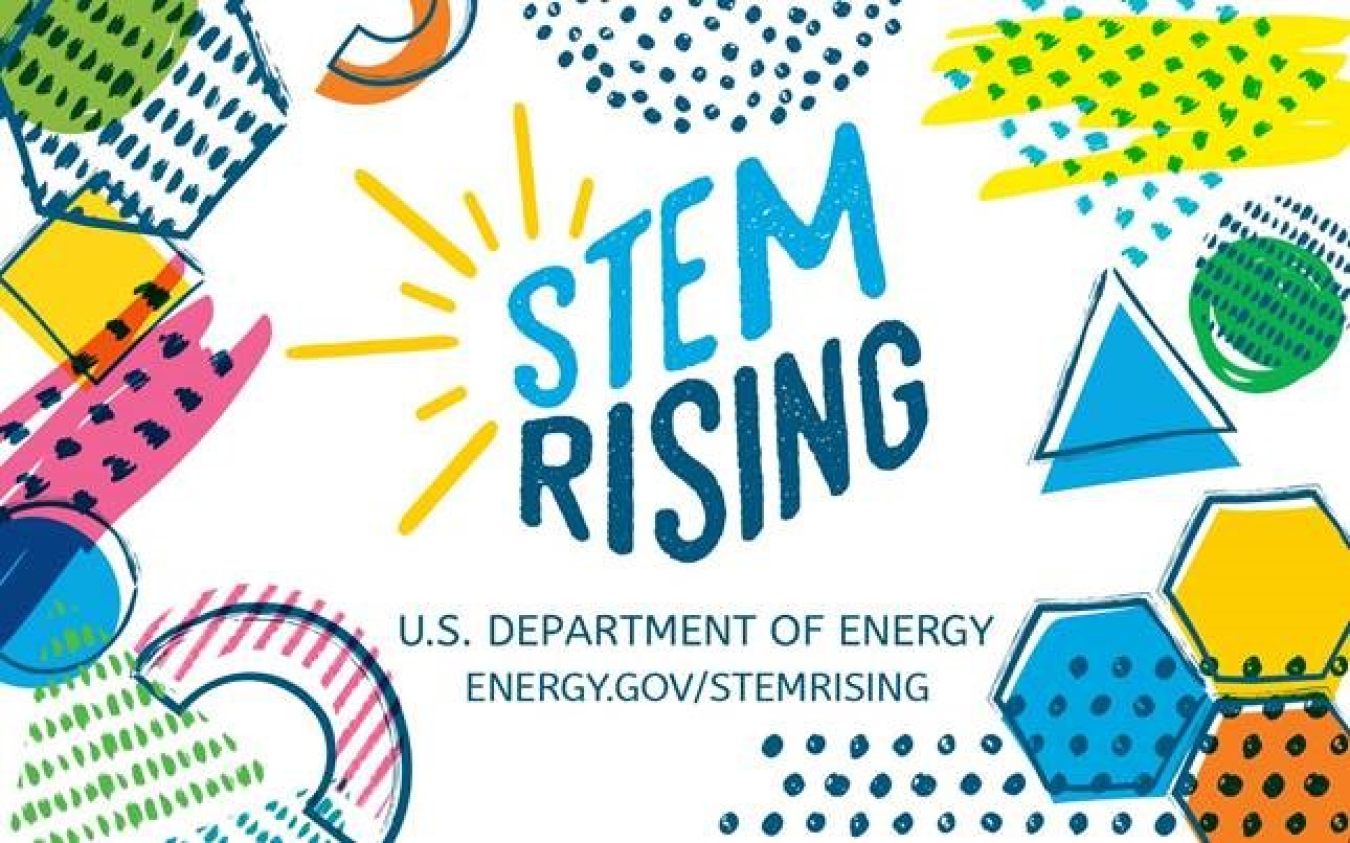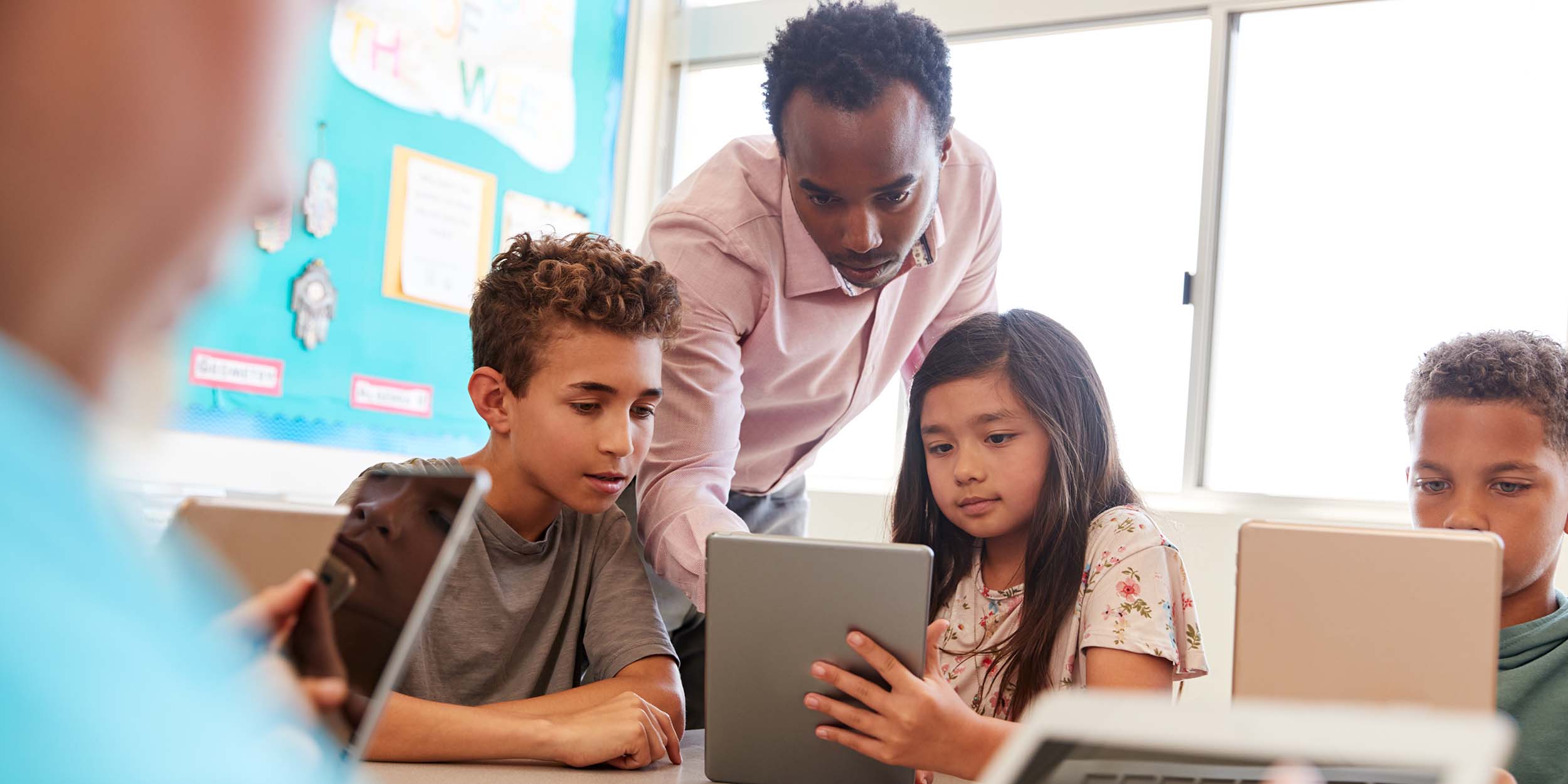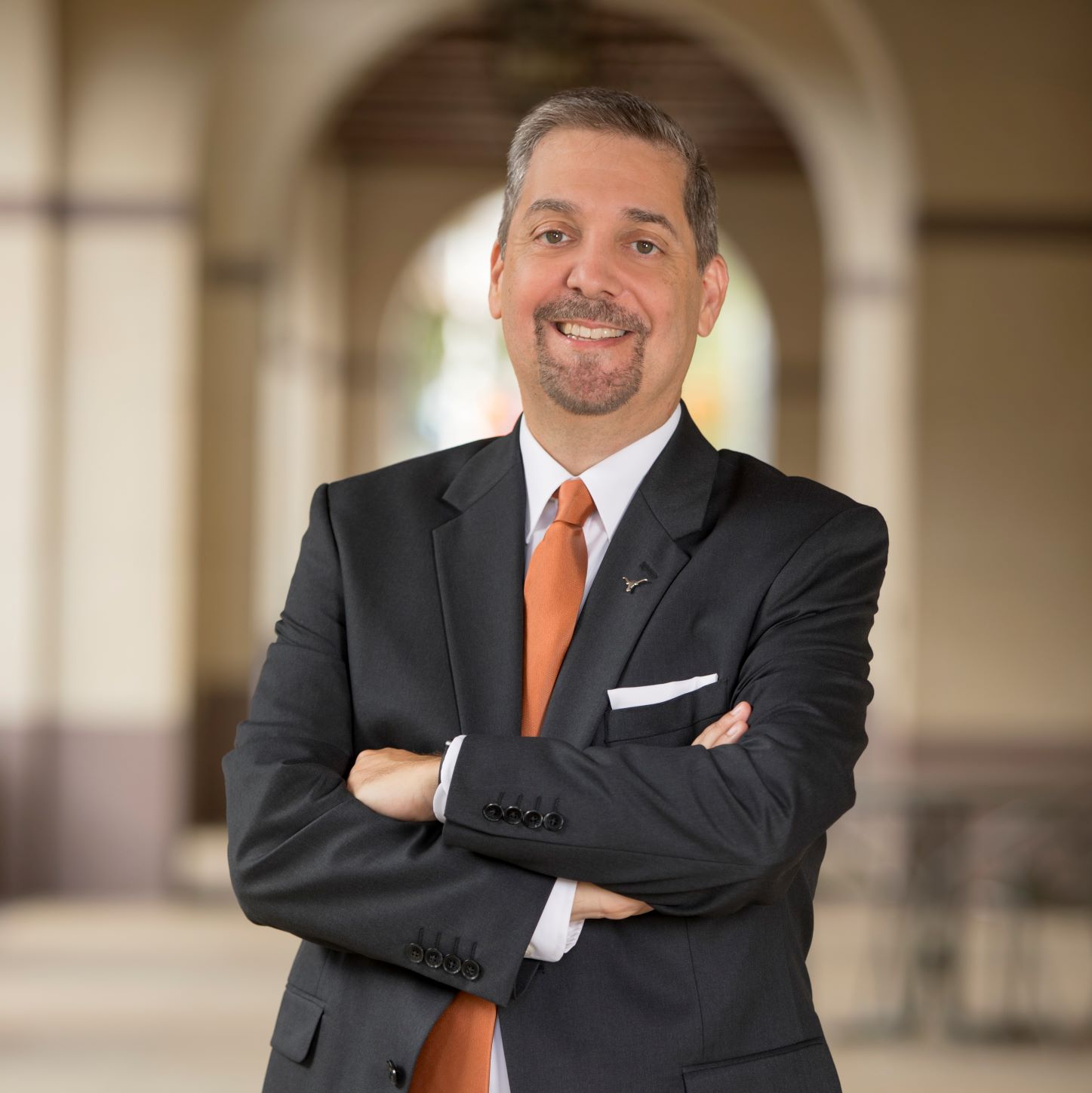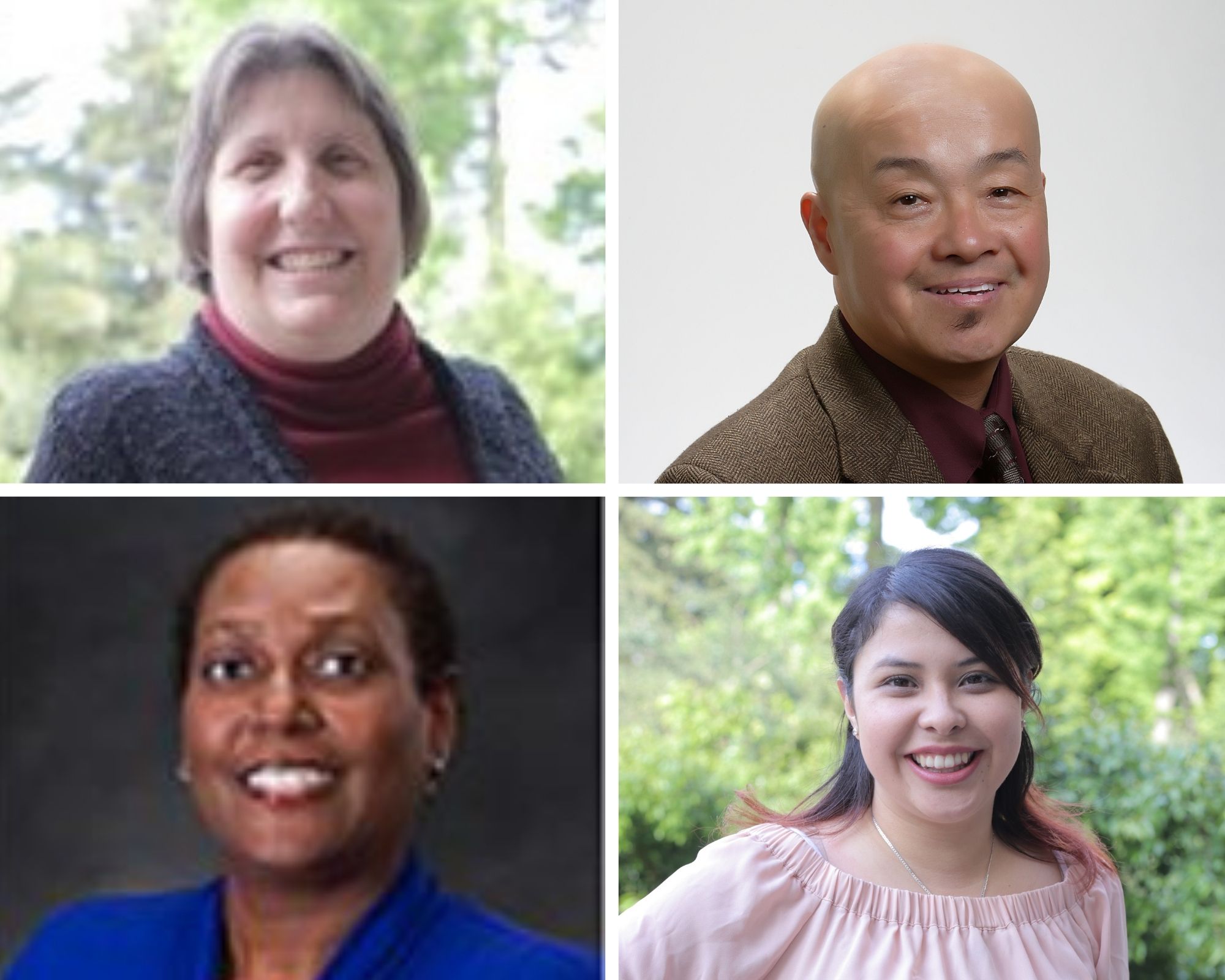This was crossposted from the Institute of Education Sciences blog, Inside IES Research.

Hispanic Heritage Month was celebrated from September 15 to October 15 this year. There was much to be thankful for, but also much work still to do. In our work at the Center for the Success of ELs (CSEL), an IES funded National Research and Development Center, our team is diligently working to clarify issues related to English learner (EL) classification and achievement, as well as the special challenges brought on by the pandemic, and to identify future challenges to which we must turn our attention.
Proper Accounting for ELs and their Achievement
The linguistic diversity of our student population is remarkable. Over 300 languages other than English are spoken in U.S. homes with Spanish by far the most common. Although many student and school factors influence time to English proficiency, we do not celebrate often enough the significant accomplishments of these language minority students, including those who enter school as proficient English speakers, but especially those who achieve proficiency in English through their hard work in school and that of their teachers and families. Many students with Hispanic heritage who are designated as language minority students enter U.S. schools in kindergarten fully proficient in English and are never designated as ELs within the school system. Many more who are initially designated as ELs become proficient in English within 3-5 years of entering US schools.
Our persistent focus on those students not yet proficient in English has merit. Focus placed on students during this stage of their development can improve progress towards English proficiency and student outcomes when students receive access to appropriate instruction and supports that afford access to grade level content. However, to focus exclusively on the achievement of students who are not yet proficient in English fails to recognize the temporary nature of this stage of development for most ELs. This skews our understanding of the achievement of ELs and undermines student efforts toward educational attainment and school efforts to foster that development. This deficit orientation in accounting and reporting creates an aura of inferiority that is at once unwarranted, unhelpful, and unnecessary.
Reclassification Should be Celebrated
Excluding reclassified students from analyses of EL achievement presents a misleading picture and ignores countless individual successes. Numerous studies, including work funded by the National Institute of Child Health and Human Development and IES within our group, have found that ELs who have attained proficiency in English perform at least as well as peers who were never designated as ELs. In fact, this comparability appears to be present for many ELs who remain classified as ELs but are scoring in the top performance band of the English proficiency test. The same cannot be said for students who have not yet achieved high levels of English proficiency.
The significant accomplishments of our ELs receive too little attention in our reports and conversations about education. Unfortunately, this statement is true for Hispanic students as well as for students from the hundreds of other language backgrounds who populate our diverse schools. This year, as schools and districts announce their valedictorians, college bound students, rising elementary and middle school students and other academic accomplishments, we should take note of how many of these students began school as ELs and celebrate their success—an outcome achieved by the hard work of teachers and students.
New and Unprecedented Challenges for EL Education
“This is the worst educational crisis ever seen in the region, and we are worried that there could be serious and lasting consequences for a whole generation, especially for the most vulnerable sectors.” Carlos Felipe Jaramillo, World Bank VP for Latin America and the Caribbean.
Despite these successes and our general optimism for the post-pandemic educational system, there are significant challenges on the horizon as we consider educational practices for ELs. In March 2021, UNICEF estimated that total and partial school closures in Latin America and the Caribbean (LAC) had left approximately 114 million students in the region without face-to-face schooling. The impact of these school closures is particularly devastating in a region in which the majority of students did not achieve basic proficiency in reading, math, and writing prior to the pandemic. The World Bank estimates that as many as 71% of lower secondary education students in the region may not achieve basic levels of reading proficiency following this pandemic. Their educational risk is further compounded by twin crises of violence and poverty across the region.
This regional crisis is already felt in U.S. schools. Immigration data document a sharp increase in the number of families and unaccompanied minors from Latin America entering the US this past spring. This fall and beyond, U.S. schools will face the challenge of meeting the educational and social emotional needs of these at-risk immigrant youth but must do so with limited guidance from the research community on effective educational programs for newcomer English learners. Previous research with students who entered schools at a young age as ELs may not reliably generalize to students arriving at an older age following the COVID-19 pandemic. Due to the pandemic and other socio-political challenges, many newcomers have interrupted formal educations, speak very little or no English on school entry, and may demonstrate academic weaknesses in their native language. A significant number are fleeing crises of violence and poverty with related psychological trauma that impacts learning.
Fortunately, this critical gap in research is explicitly acknowledged in the most recent Request for Applications for the National Center for Special Education Research, who set aside their research funding for the current year to specifically address educational challenges linked to the pandemic. Meeting the critical need for evidence-based strategies to ensure successful outcomes for newcomer ELs at significant educational risk will require everyone’s best efforts. The LAC region was disrupted more than any other region on the globe, experiencing the world’s longest school closures and inconsistent or non-existent remote learning options in the context of the deepest recession in decades. The learning loss resulting from this pandemic-related disruption is likely to be deep and pervasive, increasing school dropout and negatively impacting wellness and mental health.
As we take stock and celebrate the joy and enrichment that Hispanic heritage brings to everyone in the US, regardless of their own heritage, let us commit to doing all we can to ensure the academic success and socio-emotional health of our ELs in the United States. In doing so, let’s also keep in mind that these students willingly face many challenges in pursuit of their own American Dream, and their success in this pursuit benefits us all.
This year, Inside IES Research is publishing a series of interviews (see here and here) showcasing a diverse group of IES-funded education researchers and fellows that are making significant contributions to education research, policy, and practice. As part of our Hispanic Heritage Month blog series, we are focusing on Hispanic researchers and fellows, as well as researchers that focus on the education of Hispanic students.
David J. Francis is the Hugh Roy and Lillie Cranz Cullen Distinguished University Chair of Quantitative Methods in the Department of Psychology at the University of University. He is also the Director of the Texas Institute for Measurement, Evaluation, and Statistics (TIMES) and the Director of the IES-funded Center for the Success of English Learners National Research and Development Center.
Jeremy Miciak is an associate research professor at the University of Houston in the Department of Psychology and at the Texas Institute for Measurement, Evaluation, and Statistics (TIMES). He is also a co-investigator on the IES-funded Center for the Success of English Learners National Research and Development Center.
Produced by Katina Stapleton (Katina.Stapleton@ed.gov), co-Chair of the IES Diversity and Inclusion Council and Helyn Kim (Helyn.Kim@ed.gov), Program Officer at the National Center for Education Research for the ELs portfolio.

